{Today is the 27th day of Lent 2022, but who’s counting? Today I write of another place that contributed to who(m) I’ve become. My grammar is usually quite good, but that (m) still puzzles me. The main thing is you are reading about places meaningful to me and my life journey. Thank you for that.}
In this Lenten discipline of mine, writing each day on the theme of “place,” I’ve written mostly of places that occupy space: homes, neighborhoods, even my model train layout. Today I’m thinking of places that have taken me and Joan on walks through nature, that is, paths up mountains (and down again), into forests (and out again), and onto trails in faraway lands (and home again).
Hiking some, meandering others, we love being on those trails together. It may have begun in the backyard of our second home in a suburb of Richmond, a small community of smaller Williamsburg-style houses along streets with cute names. Really, one was called Sealing Wax Way. When our house was built, we commanded the man in the giant bulldozer– the guy whose job it was to clear building lots in a machine that could have cleared the way for an Interstate highway — we said, “Leave a wooded buffer on all sides please.” Some of it’s only “scrub” he insisted. “But it’ll grow into a nice natural area, so leave it,” I in turn insisted. And it did.
And our nature-loving son Jim eventually led us on a walk in our tiny quarter-acre wood. He called it orienteering, I think. At one point, the 8-year-old said, “Let’s just stop here and listen to our environment.” And so we did.
One of the gifts of that area was a county park. It was about a three-minute walk across a county road, and besides the obligatory tennis courts and children’s play area, there was a jogging trail through the woods, along with exercise stations every 30 yards or so. I jogged and did push-ups, pull-ups and other ups until my knees complained after a few years. But Joan and I walked those paths too, especially enjoying the azaleas and dogwoods in springtime. It was for us a foretaste of trails to some. More on that in a paragraph or two.
But first a quick mention of another path unaccompanied by Joan: The Appalachian Trail. Our church’s Associate Pastor Andy Sale recruited me and some other adults to hike the AT with a dozen members of the senior high youth group. I’d never been much of a camper, but I liked the idea of five days and nights in the Blue Ridge Mountains. Andy taught us how to pack, and what hiking boots we’d require. I tried breaking them in by walking five miles along a four-lane road between our house and the church. OK, maybe it was only four miles. Anyway, that wasn’t the best plan. But the actual hike turned out to be a wonderful week in western Virginia.
We were on the trail for five days and nights, enduring blisters, switchbacks, freeze-dried food, outhouses, and the hard floors of rustic shelters. But leaving campsites each morning, feeling the cool dew on bare arms as we brushed by bushes and branches, seeing the wilderness so far removed from our suburban landscape, enjoying the exhilaration of having made it to the mountain overlooks, and pausing long enough for a sublime sabbath rest atop the highest peaks (no sense rushing back down after expending all that energy to get up there) — that all made for memories that have lasted me a lifetime. And more, that trek inspired me to go back, admittedly for shorter two-day hikes, one with my good friend Matt, and one with my then 14-year-old son Jim. Oh, the stories that come back to me from those hikes! But we must keep moving here.
The AT treks later led to hikes up Lookout Mountain in Montreat, NC (pretty tame, but lovely Smoky Mountain views), a snowy path in the lower reaches of Mt Rainier, and trail hikes in places from Alaska to the Azores. I’m thinking I’ve aged out in my later years. Even if I were to attempt some modest climb at a slower pace, the descent would ruin my right knee. (I may be tall, but I’m not stupid.) But there remain the nature trails in level places, and that’s where Joan and I love being alone together.
We have a state forest nearby. We walk whatever trails we find on vacations. On visits to faraway places, we do our best to leave the excursion crowds behind and find more secluded paths. We do play it safe: making enough noise to keep bears at bay, not straying off trail, watching the time. We smile at the video I shot on one trip when we were climbing a more challenging path, a long haul up some mountain in the Canadian Rockies. We were growing weary but didn’t want to give up. The soundtrack includes our asking folks who had been to the peak, “How much further?” They’d say about ten minutes. So, we’d keep on. After several minutes, we’d ask the same question of others descending. “About ten minutes…” And a third time, same thing. It was always ten minutes. I think we may have given up, exhausted, and as we went back down, when climbers asked how much further to the top, we’d just tell them, “You don’t want to know…”
Wherever we wander those paths, Joan will exclaim how much she loves the woodsy walks. The encounters with deer, the sounds of birds, the view of lakes, ponds, streams — all delight her. And me too.
So, the places shift from locale or region, but the path is always the same: the good earth beneath our feet, flora and fauna surrounding our journey, and loving companionship along the way. We’ll never age out of that.
For your consideration: do you have a favorite path to wander? A favorite valley view? Do you venture beyond the familiar to places more challenging and find memorable rewards? Even in your imagination?




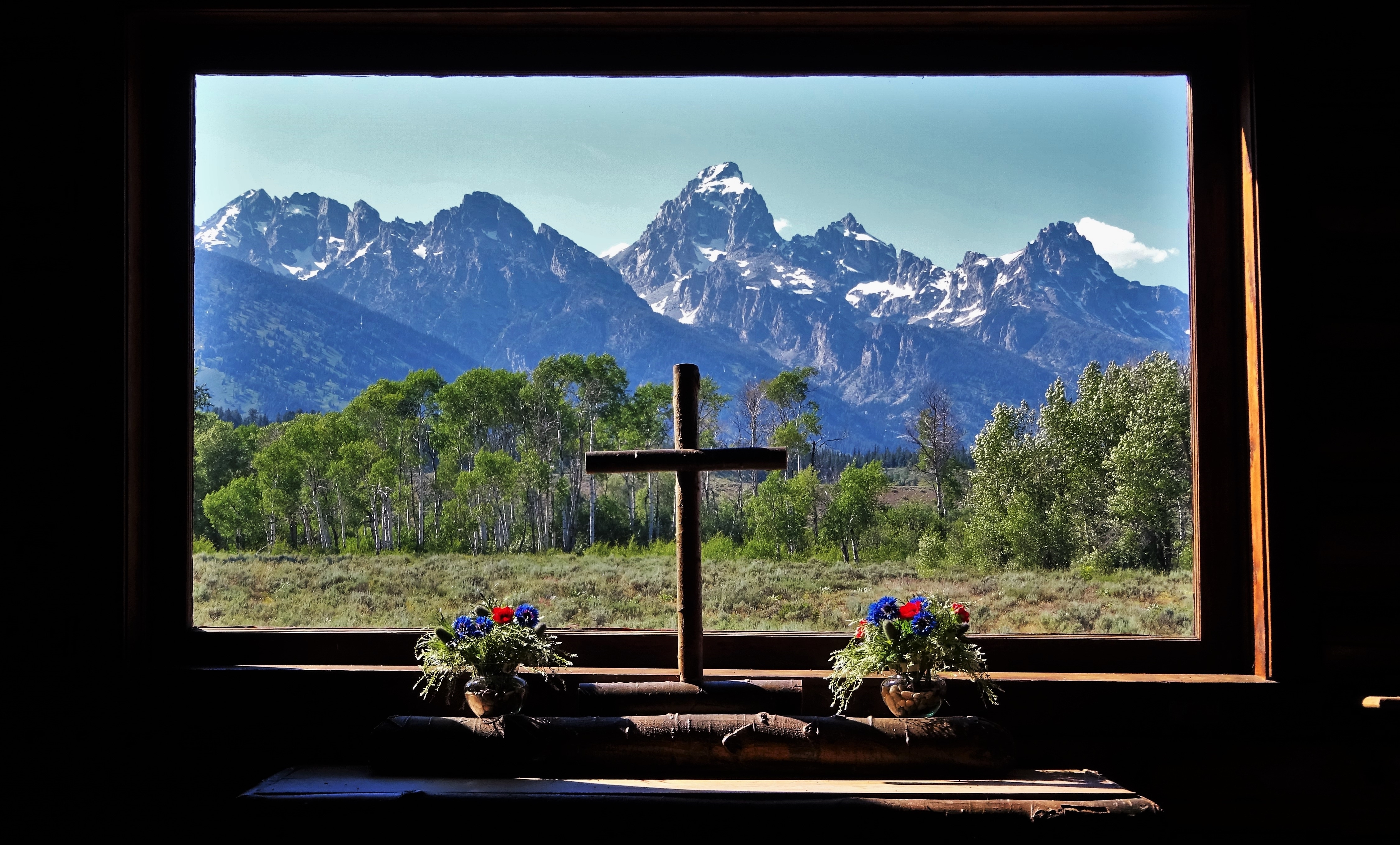
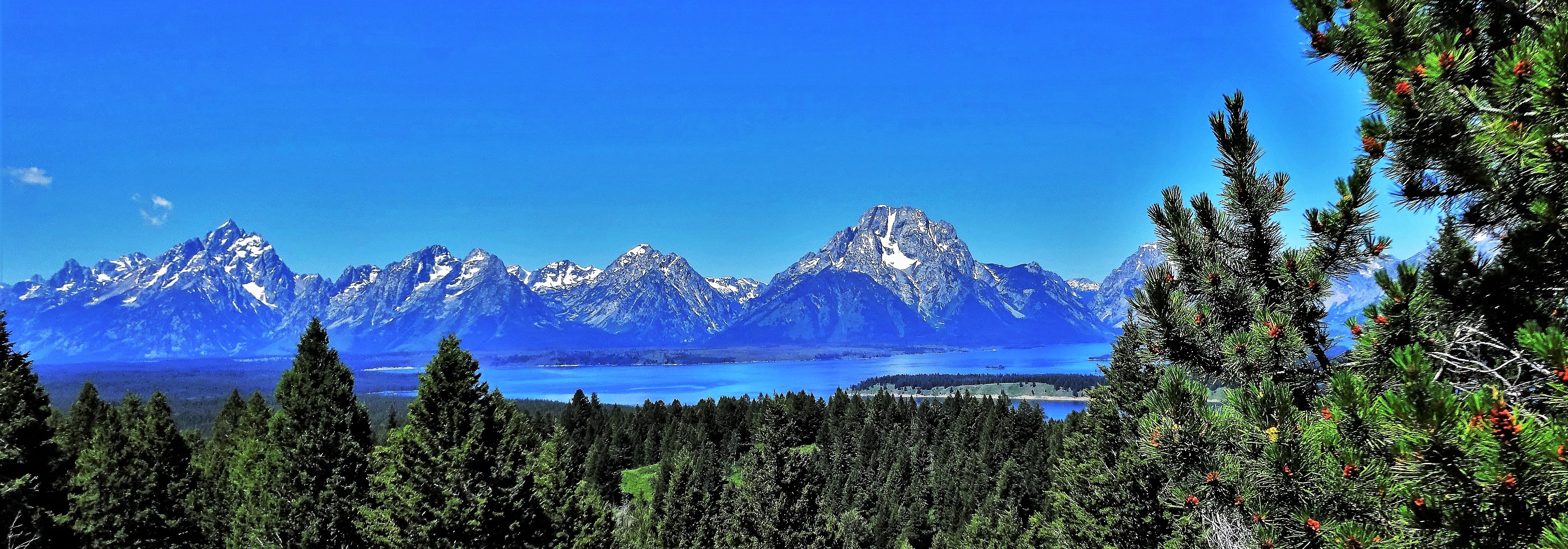

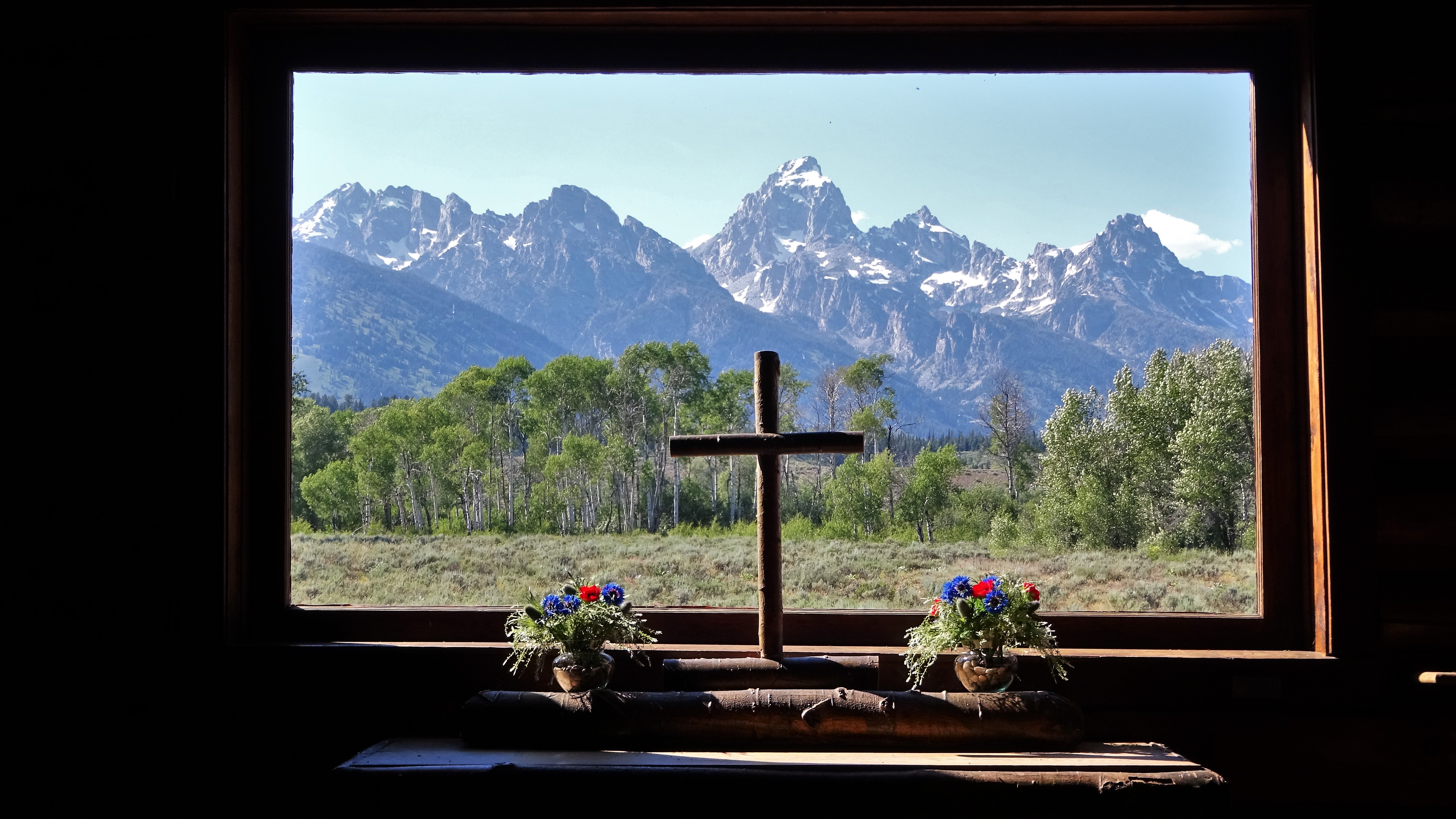

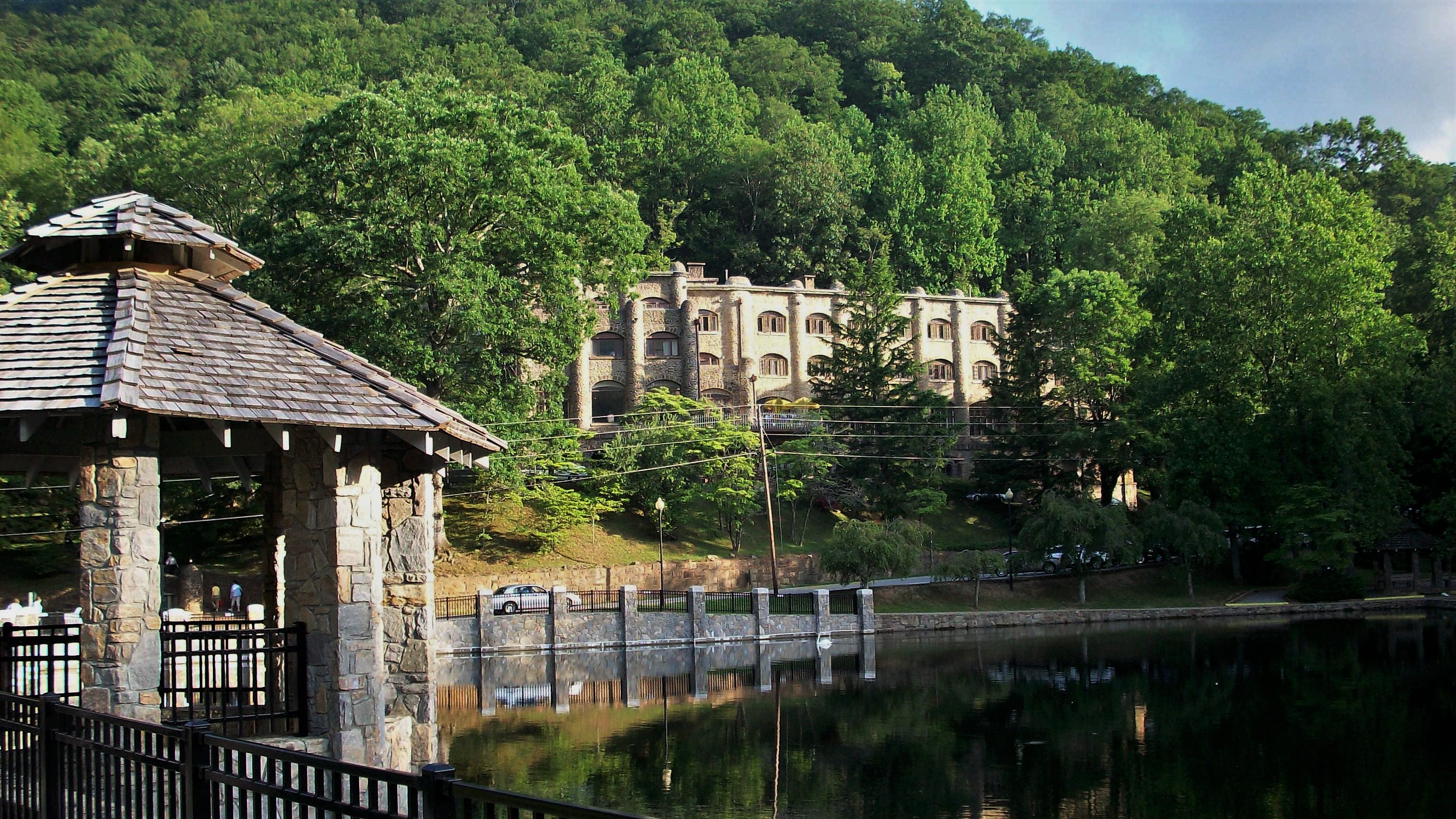 ‘t a fan of Montreat because the high mountains encompassing the retreat and conference center made him feel terribly claustrophobic. But everyone else I know so loves Montreat that they dream of living there year-round, a four-season Eden, but with clothes on.
‘t a fan of Montreat because the high mountains encompassing the retreat and conference center made him feel terribly claustrophobic. But everyone else I know so loves Montreat that they dream of living there year-round, a four-season Eden, but with clothes on.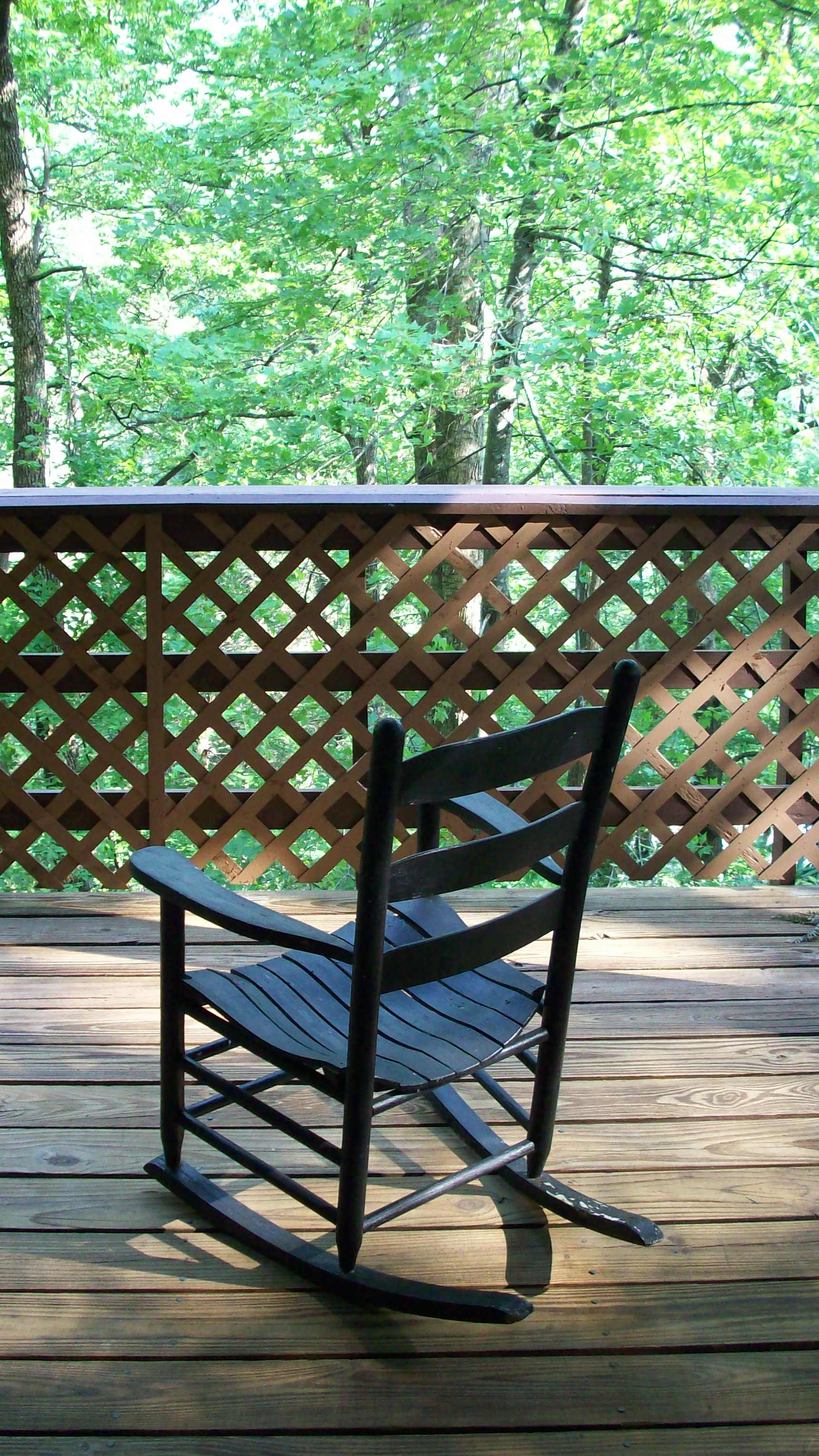 Joan and I looked forward to those music conferences like Trekees look forward to the next Star Trek big screen epic. We also looked forward to the day when we might look at real estate there. Then we did. And put that dream away very quickly. ($)
Joan and I looked forward to those music conferences like Trekees look forward to the next Star Trek big screen epic. We also looked forward to the day when we might look at real estate there. Then we did. And put that dream away very quickly. ($) b.}
b.}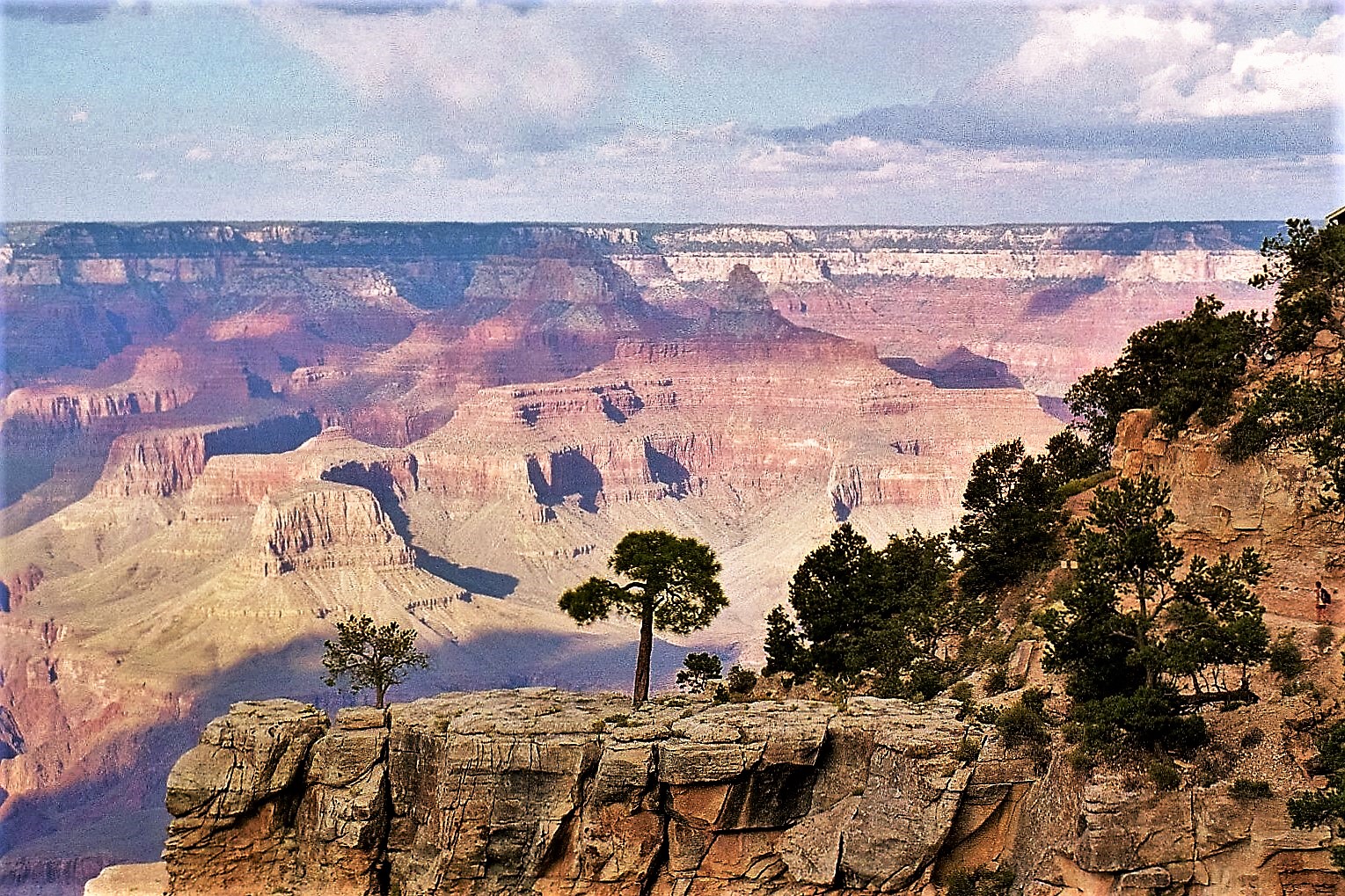
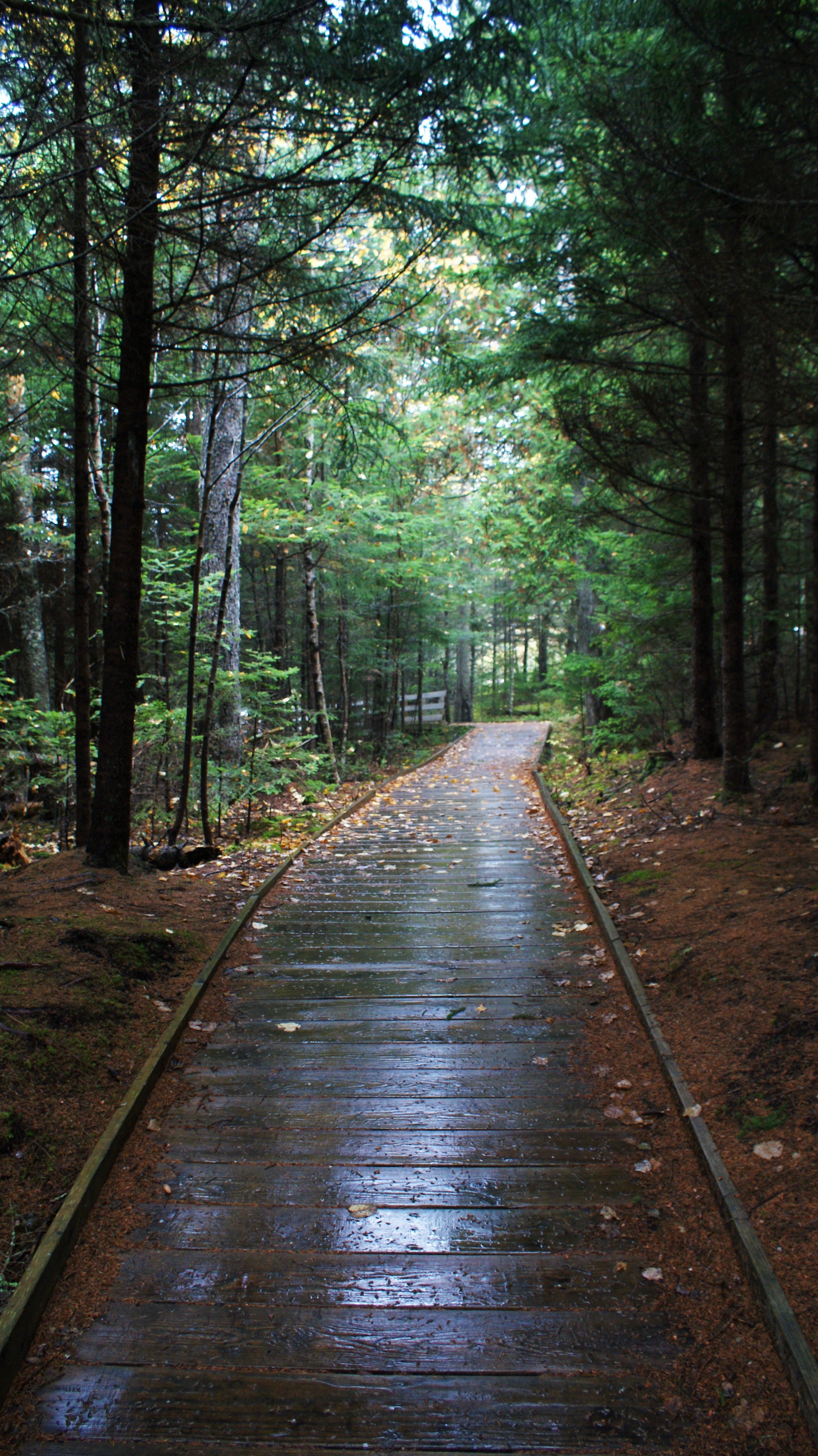 an hour-long radio program with songs about rain providing the primary content of the show. Without much trouble I’m sure you can come up with ten or twelve song titles that include a rain reference. Often those songs are less than upbeat, centering on the melancholy or outright sadness of rain, using the image as a metaphor for tears. That might have made for a downer of a program called “Celebration Rock,” so, of course, I made sure I dealt with rain’s gifts, its beauty, its baptismal qualities of cleansing and new life.
an hour-long radio program with songs about rain providing the primary content of the show. Without much trouble I’m sure you can come up with ten or twelve song titles that include a rain reference. Often those songs are less than upbeat, centering on the melancholy or outright sadness of rain, using the image as a metaphor for tears. That might have made for a downer of a program called “Celebration Rock,” so, of course, I made sure I dealt with rain’s gifts, its beauty, its baptismal qualities of cleansing and new life.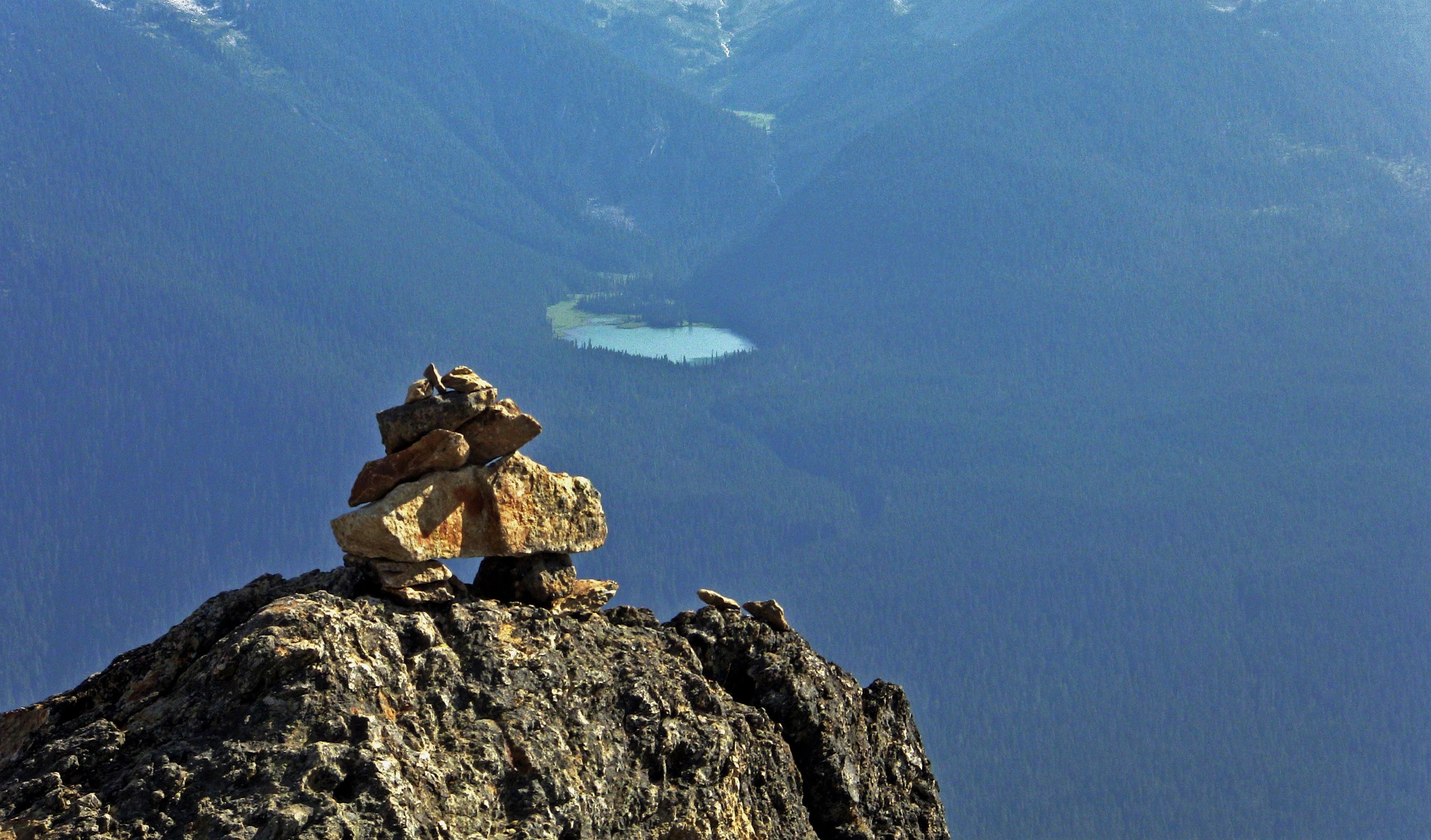
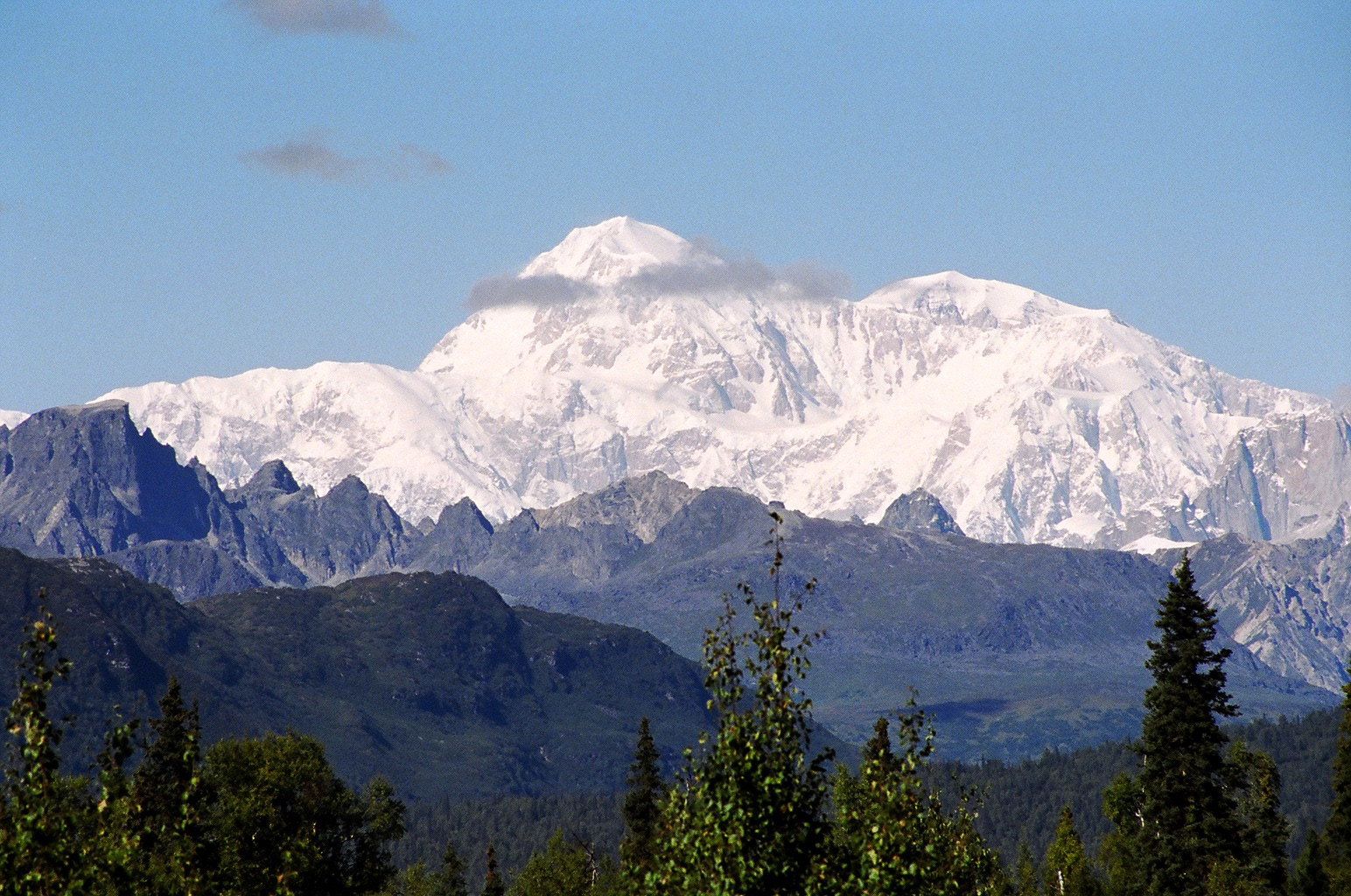
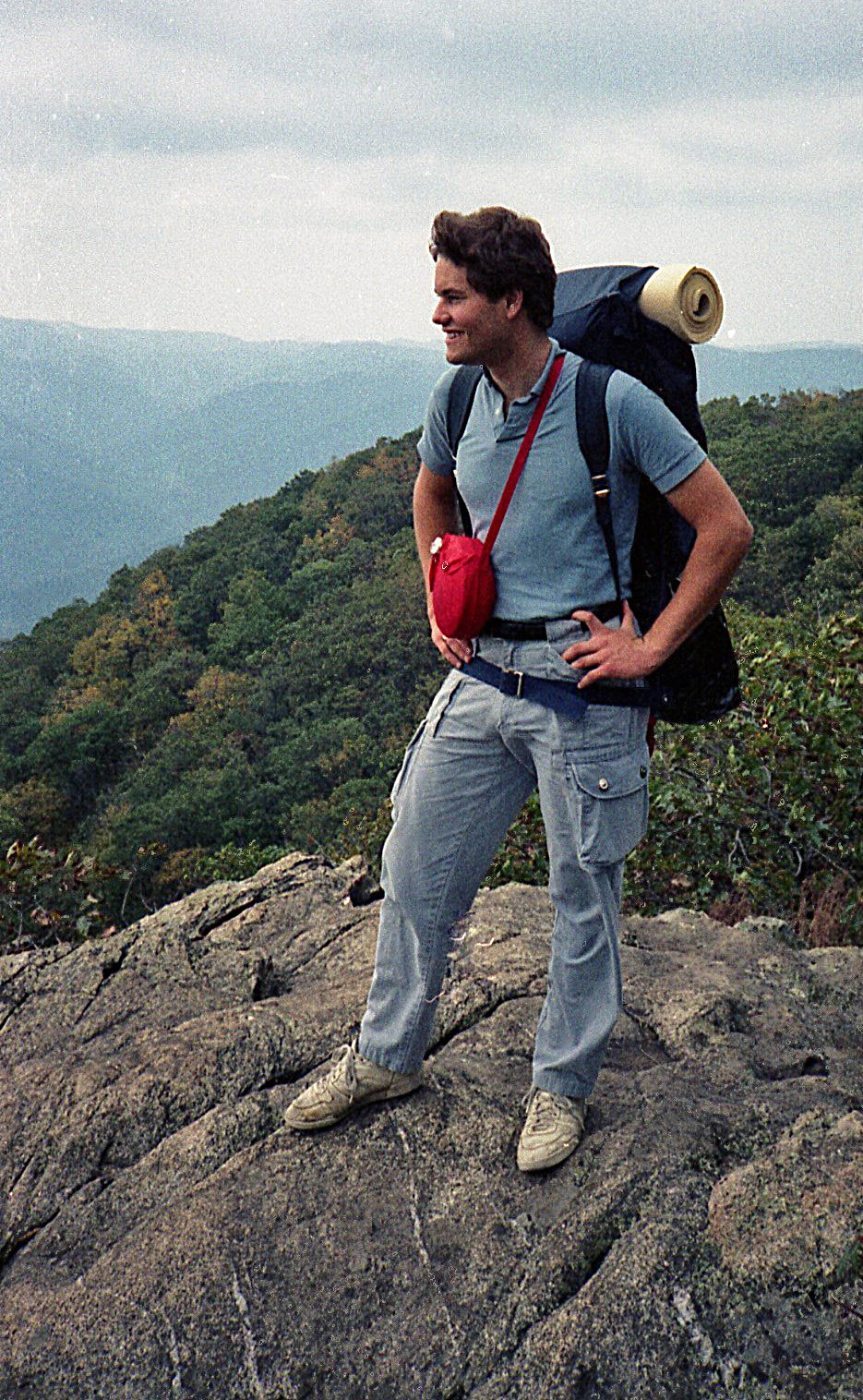 mountains I’ve climbed, some I’ve just framed in my viewfinder. Today, I thought I’d start with this image of my good friend Matt. This hike was so many years ago, I can’t tell you where we were, except it was in the heart of the Blue Ridge in Virginia. I do remember gently chastising Matt about his “hiking shoes” though. Old sneakers? Really? Turns out, his youthful energy bested my hiking-booted aging body, and he bounded ahead of me up one switchback after another.
mountains I’ve climbed, some I’ve just framed in my viewfinder. Today, I thought I’d start with this image of my good friend Matt. This hike was so many years ago, I can’t tell you where we were, except it was in the heart of the Blue Ridge in Virginia. I do remember gently chastising Matt about his “hiking shoes” though. Old sneakers? Really? Turns out, his youthful energy bested my hiking-booted aging body, and he bounded ahead of me up one switchback after another.